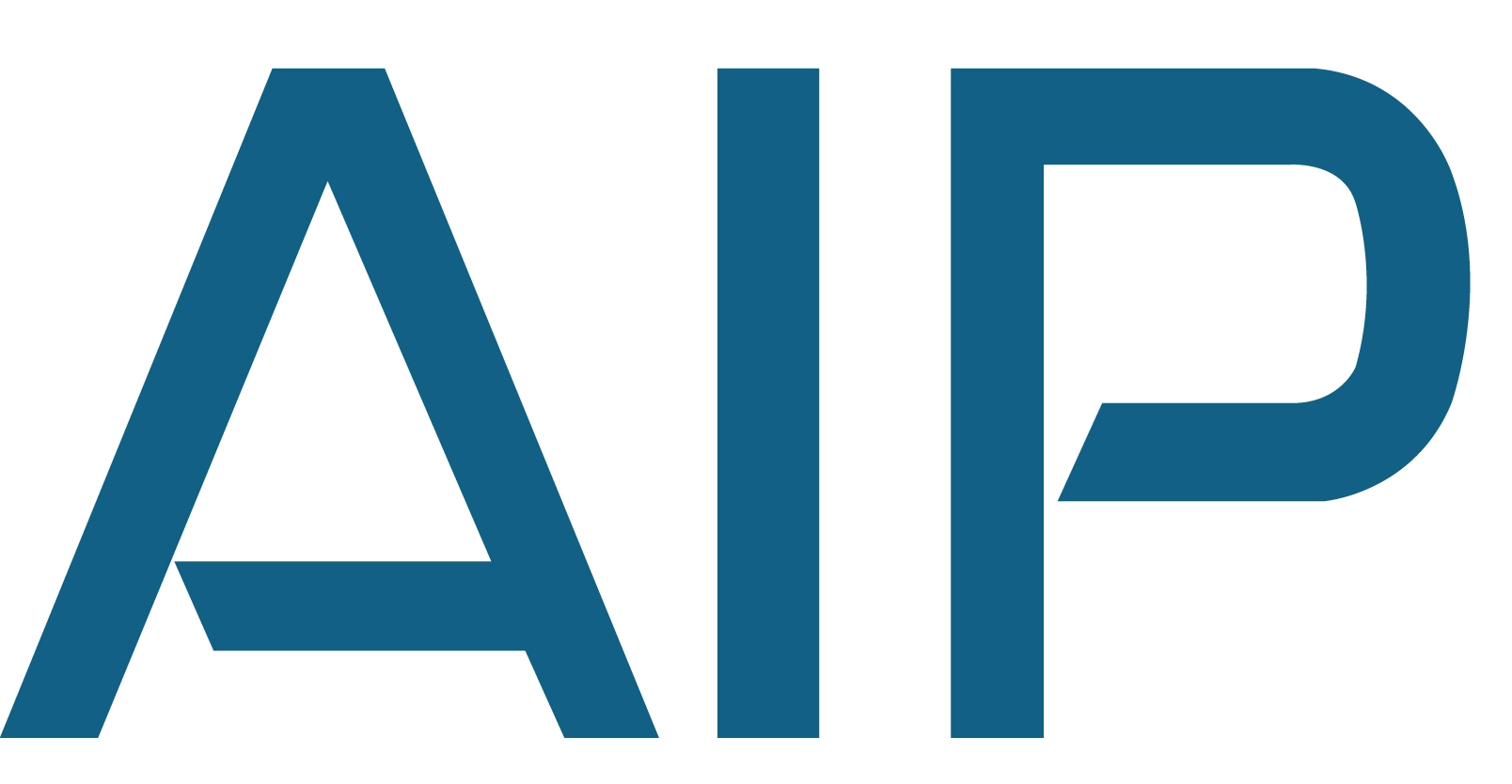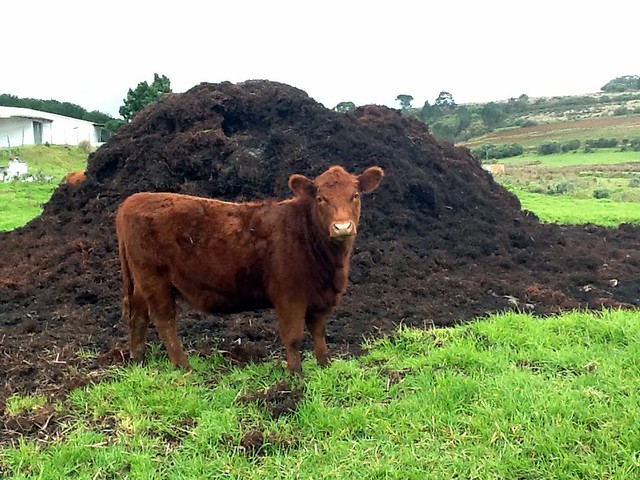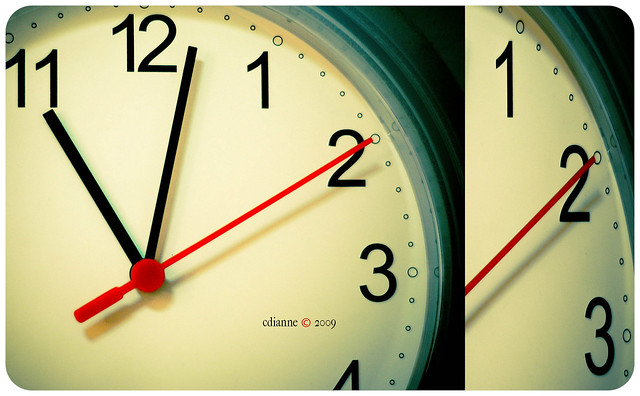
Fair warning: We’re really not sure what’s going on here.
The authors of “Effect of total flavonoids on expression of collagen, TGF-β1, and Smad 7 in hypertrophic scars,” a 2018 paper in the International Journal of Clinical and Experimental Medicine, have retracted it for, well, lots of reasons.
None of them is exactly clear.
Here’s the notice:
Continue reading “With great pity,” author retracts paper for “severe problems” including references that “are not allowed to be cited” and “severe law issues”







